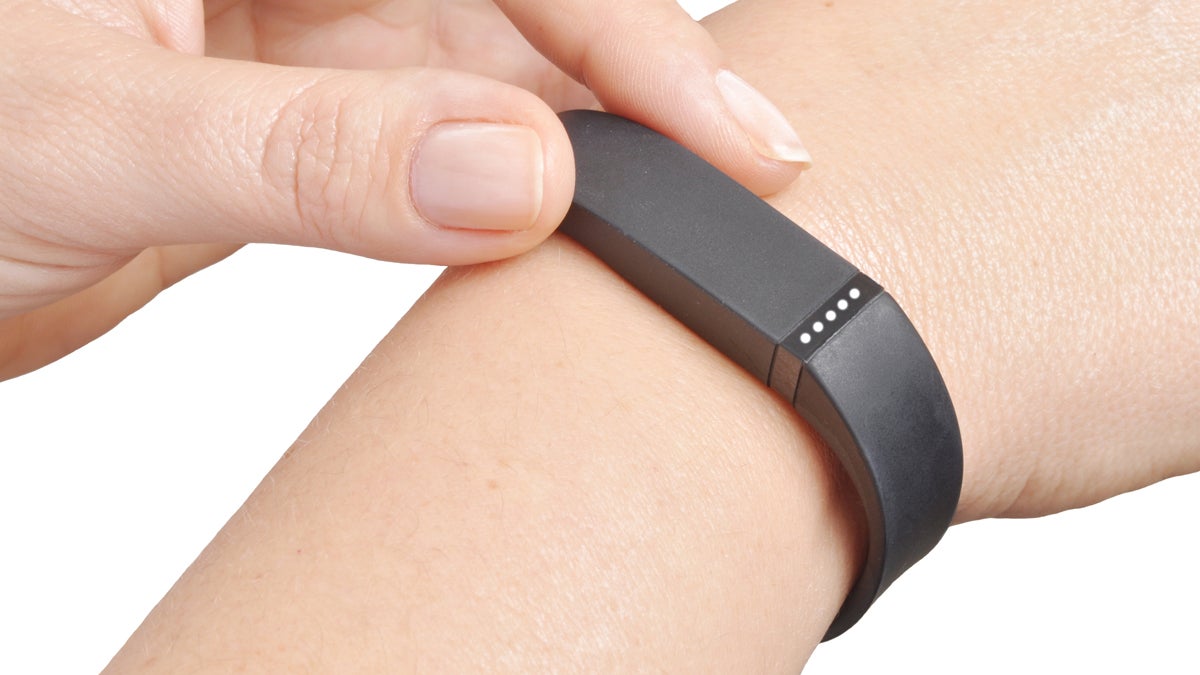How to motivate the wearable tech users of the future
Listen
(Shutterstock image: http://shutr.bz/1B0XHB8)
Fitness trackers may do a decent job tracking fitness, but can they make lasting change in human behavior?
A new opinion piece in the Journal of the American Medical Association (JAMA) says wearables still need to overcome the critical gap between simply measuring activity, and altering entrenched bad routines.
“These devices may help facilitate that change, but it is going to be the engagement strategies that are designed around wearable devices that can truly help people to sustain behavior change,” says lead author Mitesh Patel, a physician at the Philadelphia VA Medical Center and professor at UPENN.
He argues that wearable tech too often provides stand-alone data, which doesn’t translate into the feedback necessary to keep users working toward their fitness goals. Even well-meaning workplace wellness programs often wind up discouraging the very employees they may be targeting.
“There’s examples of many employers giving their employees Fitbits, and one of the things that is a common mistake is that just giving people Fitbits or other wearable devices is not going to motivate people,” he says. “Designing incentives or reward strategies or workplace competitions can really help people to get engaged.”
Patel also likes the integration of wearable tech with social media, as a way to broaden the support base for users.
“By posting a message about how much activity you had or whatever behavior you are tracking, that can help make you more accountable for that. You can also get peer support, when people provide positive feedback or positive reinforcement,” says Patel.
Along with the need for doing a better job of connecting with human behavior, the paper contends the cost of wearables shuts out some low- and middle-income users. Nearly one-third of wearable owners today earn more than $100,000, and unsurprisingly, the average age skews young.
Even if you can get the gadget in the hands of a broader audience, Patel says they often remain hard to use.
“You have to use the wearable device, which means wearing it, recharging it, carrying it with you everywhere you go, and often times syncing it to another computer or laptop.”
He says those additional steps can be a hurdle for people who may already face obstacles on the road to a healthier lifestyle.
WHYY is your source for fact-based, in-depth journalism and information. As a nonprofit organization, we rely on financial support from readers like you. Please give today.



